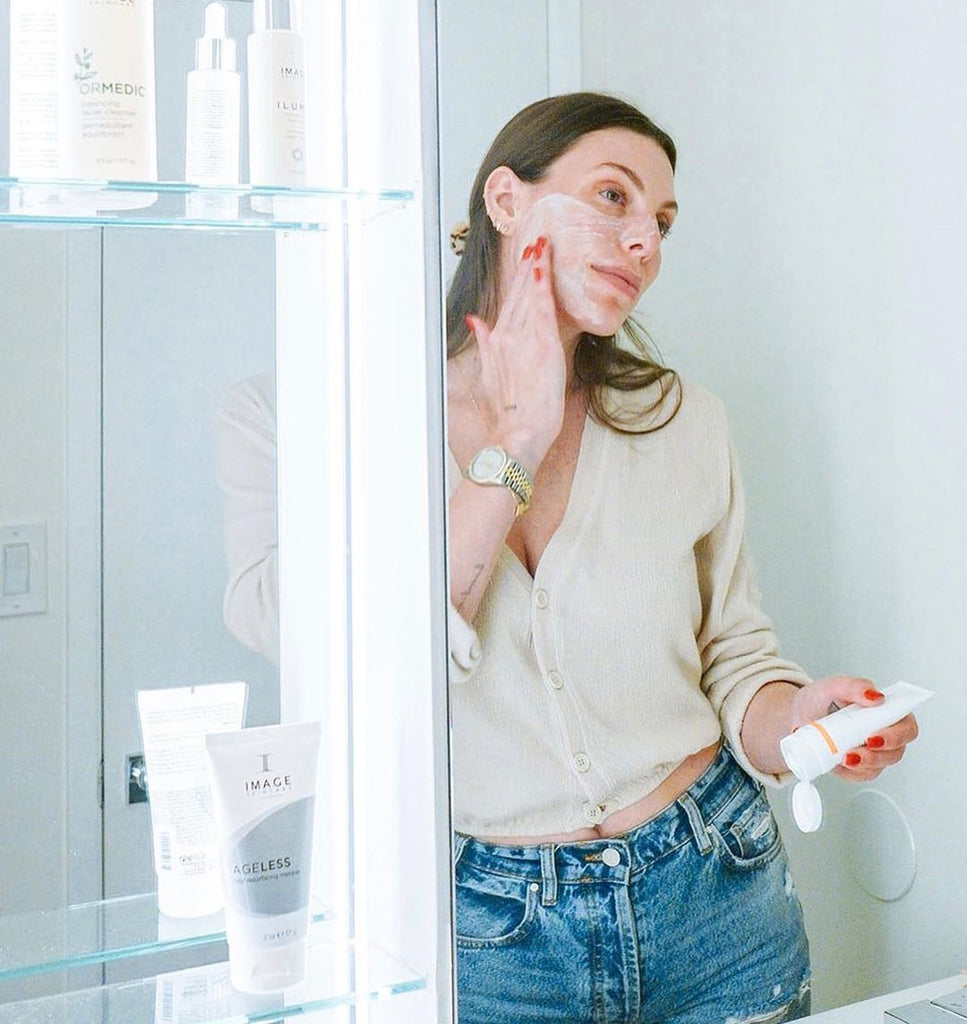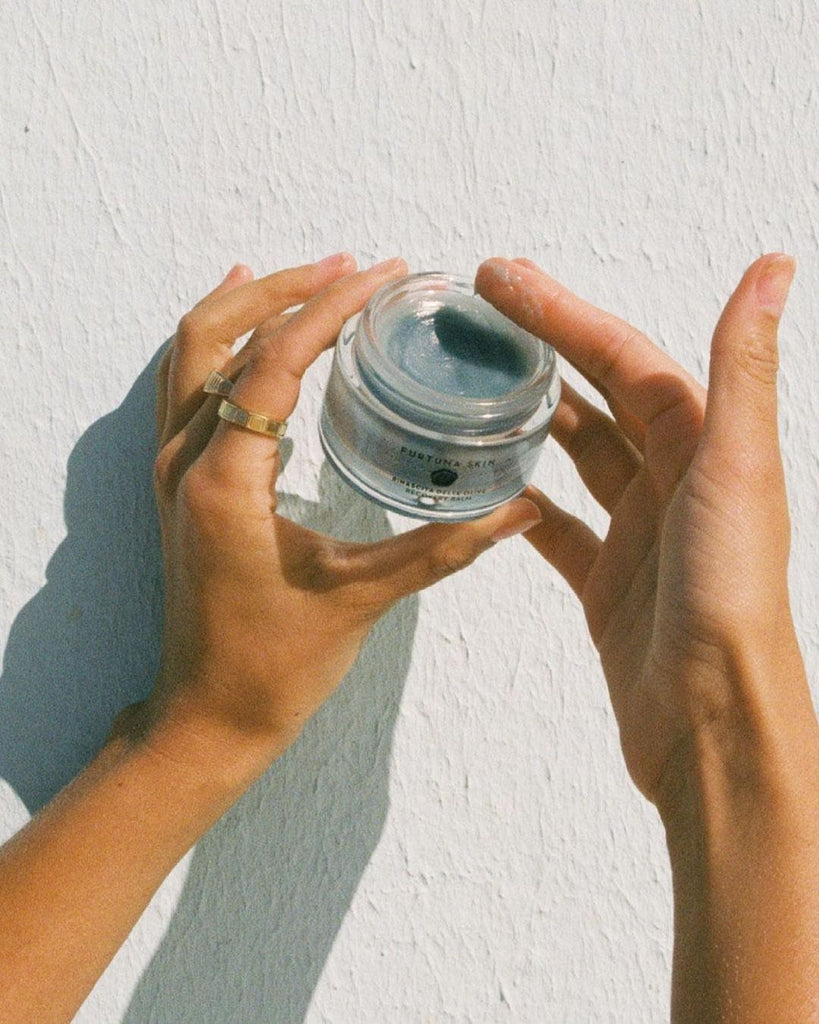Acne-prone skin can be a challenging and often distressing condition to navigate. While almost everyone has faced a stray pimple or two, individuals with acne-prone skin experience frequent and often severe breakouts that can profoundly affect their self-esteem and daily lives. This condition is not just confined to tumultuous teenage years, as many adults also grapple with persistent acne. But what exactly constitutes acne-prone skin? What triggers these stubborn breakouts, and how can one effectively manage and prevent them? In this comprehensive guide, we'll delve into the intricacies of acne-prone skin, shedding light on its causes and providing actionable steps for treatment and prevention. Join us as we embark on a journey to clearer, healthier skin.
What is Acne-Prone Skin?
Frequent pimples, blackheads, whiteheads, and cysts characterize acne-prone skin. While the occasional pimple is common for many people, those with acne-prone skin have a higher predisposition for these breakouts to recur regularly and, sometimes, with greater intensity.
It's not just about the appearance of spots; this skin type often grapples with underlying inflammation, making it sensitive to touch and more reactive to external aggressors. Breakouts can range from surface-level comedones (blackheads and whiteheads) to deeper, more painful cystic acne.
Factors such as excessive oil production, a buildup of dead skin cells, and proliferation of acne-causing bacteria are often at play. Beyond the physical manifestations, acne-prone skin can affect an individual's confidence and self-worth. Understanding its nuances is the first step towards managing this challenging skin type and restoring its health and vibrancy.
What are the Symptoms of Acne-Prone Skin?
Frequent Breakouts: Regular occurrences of pimples, blackheads, and whiteheads, often concentrated in certain areas like the forehead, chin, and cheeks.
Redness and Inflammation: The skin may appear reddened, especially around active breakouts or acne spots.
Sensitive to Touch: Acne lesions can be tender or painful when touched.
Oily or Shiny Appearance: An overproduction of sebum can lead to a glossy sheen on the face, particularly in the T-zone area (forehead, nose, and chin).
Clogged Pores: Visible enlarged pores often look congested or clogged with dead skin cells and oil.
Uneven Skin Texture: Presence of raised or bumpy areas from papules, pustules, or cystic acne formations.
Scarring: Past acne breakouts might leave dark marks or more permanent textural scars.
White or Yellowish Bumps: These can be pus-filled pimples or deeper cystic acne formations beneath the skin's surface.
Dry or Flaky Patches: Ironically, even oily, acne-prone skin can have areas of dryness, often resulting from acne treatments that can be drying.
Feel of Tightness: Despite the oiliness, acne-prone skin might sometimes feel taut, especially after washing.
What are the Causes of Acne-Prone Skin?
Hormonal Fluctuations: Increases in certain hormones, especially during puberty, menstruation, or pregnancy, can trigger overactive oil glands leading to breakouts.
Overproduction of Sebum: Excess natural skin oil (sebum) can clog pores and promote acne.
Improper Skin Care Routine: Not cleansing the face thoroughly or using chemical-heavy products can lead to clogged pores, not allowing the hair follicles and pores to breathe.
Dietary Factors: Consumption of high glycemic foods, dairy, or specific nutritional triggers may contribute to acne for some individuals.
Stress: Increased stress levels can lead to hormonal imbalances and breakouts.
Genetics: A family history of acne can make one more susceptible to having acne-prone skin.
Medications: Certain drugs, including corticosteroids, lithium, or androgens, can exacerbate acne.
Environmental Factors: Living in areas with high pollution or high humidity can contribute to skin congestion.
Bacteria: Propionibacterium acnes on the skin can lead to inflamed breakouts.
Cosmetics: Pore-clogging (comedogenic) makeup or skincare products can lead to breakouts, especially if not removed properly.
How to Prevent Acne-Prone Skin? The Right Skincare Routine
Here are some practical ways to maintain a skincare routine for acne-prone skin and prevent breakouts:
Keep Your Face Clean
Ensuring your face remains clean is paramount when preventing acne-prone skin irritations. Accumulation of dirt, oil, and makeup can lead to clogged pores, paving the way for breakouts. It's advisable to wash your face twice daily with a gentle cleanser. You can try some of the best DMK skin care products for healthy skin. Overwashing or using harsh scrubs can aggravate acne by irritating the skin
Remember, the goal is to remove impurities without stripping your skin of essential oils. Consider using lukewarm water, as hot water can dry. Lastly, always pat your face dry with a soft towel instead of rubbing to reduce the risk of irritation and redness.
Moisturize Oily Skin
While it might seem counterintuitive to moisturize oily, acne-prone skin, hydration is crucial. When the skin is dehydrated, it can produce even more oil, leading to increased acne. Choose a lightweight, non-comedogenic (won't clog pores) moisturizer to keep your skin balanced. Gel-based moisturizers are especially suitable for acne-prone skin, providing hydration without feeling heavy. Some moisturizers even contain acne-fighting ingredients, offering added protection against breakouts. Always apply a moisturizer to freshly cleansed skin to lock in hydration effectively. It prevents dryness and peeling and acts as a barrier against environmental irritants. Try Mesoestetic skin care products for healthy skin.
Don't Over-Exfoliate To Remove Dead Skin Cells
When done right, exfoliation can work wonders for the skin by removing dead cells, boosting cell turnover, and leaving the skin radiant. However, the urge to exfoliate often to achieve clearer skin can backfire for those with acne-prone skin. Over-exfoliation can damage the skin's protective barrier, leading to increased sensitivity, redness, and, in some cases, even more breakouts.
Instead of daily scrubbing, opt for a gentler method, using chemical exfoliants like salicylic acid, glycolic acid, and lactic acid once or twice a week. These can penetrate deeper and break down dead skin cells without causing physical abrasions. Listen to your skin; if it feels raw or irritated, reduce the frequency of exfoliation.
Don't Wear Heavy Makeup
While the desire to camouflage acne and blemishes is understandable, heavy makeup can exacerbate the issue. Thick foundations or concealers can clog pores, leading to more breakouts. If makeup is necessary, opt for mineral-based or non-comedogenic products that allow the skin to breathe. It's also vital to ensure thorough makeup removal at the end of the day, giving your skin a fresh start every night. Use reputed brands like Cyspera skin pigment corrector or DMK for better nourishment.
Invest in makeup products labeled "oil-free" or "for acne-prone skin," as these formulations reduce the risk of further breakouts. Additionally, always check the expiry dates on your makeup products, as using expired products can introduce bacteria and irritants to the skin, triggering acne.
Keep Yourself Hydrated
Hydration plays an indispensable role in maintaining healthy skin. For those with acne-prone skin, drinking ample water daily aids in flushing out toxins, maintaining moisture balance, and ensuring optimal skin health. Hydrated skin reduces the production of excess oil, a leading cause of acne breakouts.
Moreover, water supports cell turnover, enabling faster healing of acne scars and blemishes. Consuming enough water also boosts circulation, giving the skin a more radiant and plump appearance. Aim for at least eight glasses of water daily to optimize your skin's hydration levels. Also, incorporate hydrating foods like cucumbers, watermelon, and berries into your diet. In tandem with drinking water, moisturize the skin topically to lock in hydration and ensure a balanced skin environment.
Don't Pop Your Pimples
The temptation to pop a pimple can be strong, especially if it’s in a prominent place. However, doing so can cause more harm than good. Popping pimples pushes bacteria deeper into the skin, leading to more inflammation, redness, and potentially even more breakouts.
Moreover, a pimple that pops incorrectly can damage surrounding skin tissue, resulting in scars or hyperpigmentation long after the abscess has healed. Instead of resorting to squeezing, allow the pimple to heal naturally. If it's particularly troublesome, seek treatments or products specifically designed for acne or consult a dermatologist. Patience is vital: letting the skin heal on its own ensures minimal scarring and reduces the risk of further irritation or infection.
Conclusion
Navigating the world with acne-prone skin can often feel like treading through a minefield, with triggers lurking in unexpected corners. Acne, with its myriad forms and manifestations, is more than just a superficial concern—it can profoundly impact self-esteem and mental well-being. Understanding the nature of acne-prone skin, its causes, and its symptoms is the first crucial step to addressing it head-on.
As we've highlighted, prevention begins from a foundation of consistent and mindful skincare practices, dietary habits, and lifestyle choices. Whether resisting the urge to pop a pimple or ensuring you stay hydrated, small daily actions can significantly influence skin health.
Remember, while occasional breakouts are normal, persistent acne might require professional intervention. Always consult a dermatologist or skincare specialist for tailored advice. With time, patience, and the right approach, achieving clearer, healthier skin is within reach.



